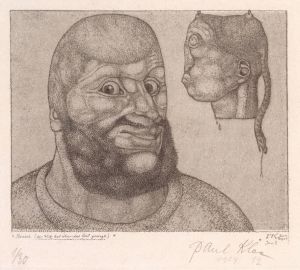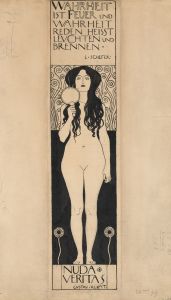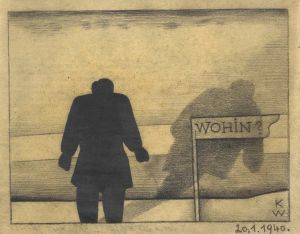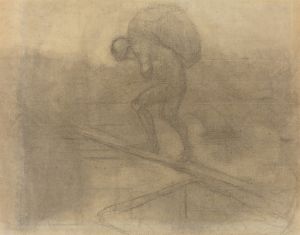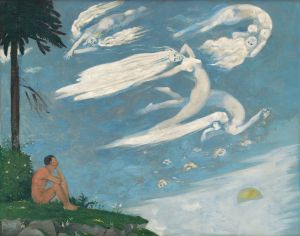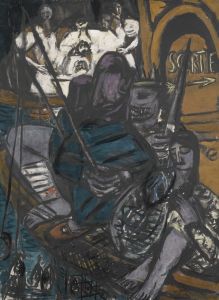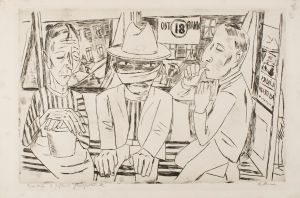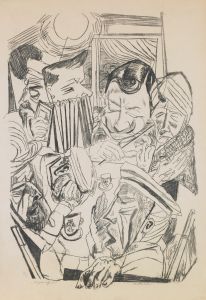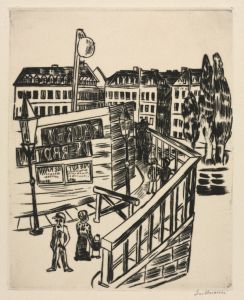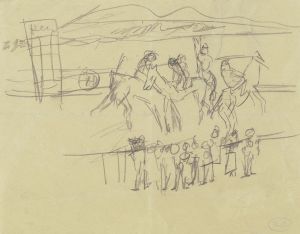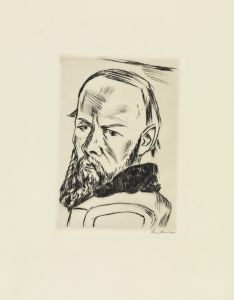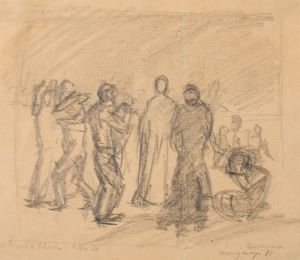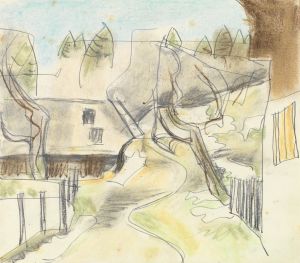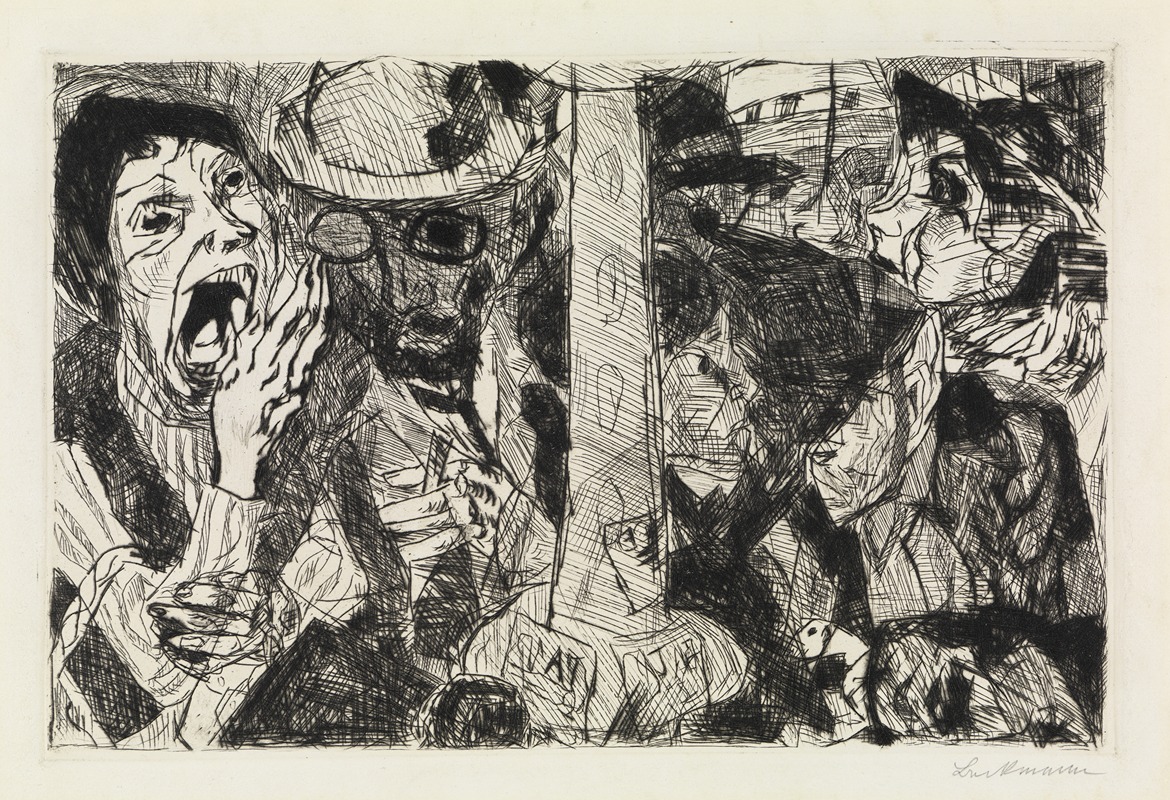
Straße II
A hand-painted replica of Max Beckmann’s masterpiece Straße II, meticulously crafted by professional artists to capture the true essence of the original. Each piece is created with museum-quality canvas and rare mineral pigments, carefully painted by experienced artists with delicate brushstrokes and rich, layered colors to perfectly recreate the texture of the original artwork. Unlike machine-printed reproductions, this hand-painted version brings the painting to life, infused with the artist’s emotions and skill in every stroke. Whether for personal collection or home decoration, it instantly elevates the artistic atmosphere of any space.
Max Beckmann's Straße II (Street II) is a significant painting created by the German Expressionist artist in 1918. This work is part of Beckmann's exploration of the social and psychological tensions of post-World War I Germany. Known for his bold and often unsettling depictions of urban life, Beckmann used Straße II to reflect the fractured and chaotic atmosphere of the time.
The painting portrays a street scene filled with distorted, angular figures, a hallmark of Beckmann's style during this period. The figures appear crowded and compressed within the composition, emphasizing a sense of claustrophobia and unease. The use of sharp lines and exaggerated forms conveys the emotional intensity and alienation experienced by individuals in the aftermath of the war. Beckmann's color palette in Straße II is dominated by dark, muted tones, punctuated by occasional bursts of brighter colors, which further heighten the dramatic tension of the scene.
Straße II is often interpreted as a commentary on the social disarray and moral ambiguity of the Weimar Republic era. The painting captures the fragmented nature of urban life, where individuals seem disconnected from one another despite their physical proximity. This theme of isolation and existential anxiety is a recurring motif in Beckmann's work, reflecting his personal response to the trauma of war and the rapidly changing society around him.
Max Beckmann was deeply influenced by the Expressionist movement, but his work also diverged from its more romantic and emotional tendencies. Instead, Beckmann's art often took on a more critical and analytical tone, as seen in Straße II. His experiences as a medical orderly during World War I profoundly shaped his worldview and artistic approach, leading him to create works that grappled with the complexities of human existence and the darker aspects of modern life.
Today, Straße II is recognized as an important example of Beckmann's early post-war period and his contribution to modern art. The painting is housed in the collection of the Museum Ludwig in Cologne, Germany, where it continues to be studied and appreciated for its historical and artistic significance. Beckmann's ability to capture the psychological and social undercurrents of his time ensures that Straße II remains a powerful and relevant work in the history of 20th-century art.





